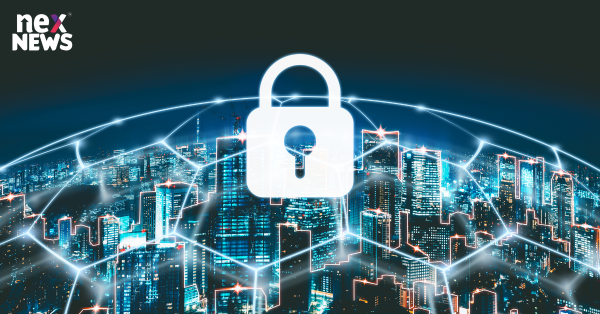In the realm of cybersecurity, one threat has surged to the forefront, targeting individuals and businesses alike with devastating consequences: ransomware. This malicious software infiltrates and encrypts data, demanding payment for its release. This article delves into the rising threat of ransomware, its impacts, prevention measures, and the steps to take if affected.
Introduction
In an age where digital data is the lifeblood of both individuals and organizations, the emergence of ransomware has become a grave concern. The threat it poses is not only financial but also to the integrity and confidentiality of critical data.
Understanding Ransomware
Ransomware is a type of malware designed to infiltrate systems, encrypt files, and demand a ransom for the decryption key. Cybercriminals use this method to extort money from victims, often leveraging the urgency of data recovery.
Ransomware's Devastating Impact
Ransomware attacks can paralyze operations, disrupt services, and lead to data loss. The costs of downtime, ransom payment, and potential reputational damage can be astronomical.
Common Infection Vectors
Ransomware can spread through various vectors, including malicious email attachments, infected websites, compromised software updates, and social engineering tactics.
The Ransomware Process
When ransomware infects a system, it encrypts files and displays a ransom note demanding payment in cryptocurrency. Once paid, victims hope to receive a decryption key to restore their data.
Payment Dilemma: To Pay or Not to Pay
Paying the ransom is a contentious choice. While it may lead to data recovery, it also fuels cybercriminal activities. There's no guarantee that attackers will honor their end of the deal.
Preventing Ransomware Attacks
Prevention is key to mitigating ransomware risks:
- Security Software: Keep antivirus and anti-malware software up to date.
- Regular Updates: Install operating system and software updates promptly.
- Email Vigilance: Be cautious with email attachments and links, especially from unknown senders.
- Software Sources: Download software and updates only from official sources.
- Employee Training: Educate employees about phishing and safe online practices.
Importance of Regular Backups
Regularly backing up data is crucial to recovering from ransomware attacks. Backups should be stored offline or in secure cloud environments.
Response and Recovery Strategies
If affected by ransomware:
- Isolation: Disconnect infected devices from the network to prevent further spread.
- Evaluation: Determine the extent of the attack and the type of ransomware.
- Backup Restoration: Restore data from backups once the infected system is cleaned.
- Law Enforcement: Report the attack to law enforcement and relevant authorities.
Collaboration and Reporting
Collaboration within the cybersecurity community is essential for sharing threat intelligence and prevention strategies. Reporting attacks to appropriate authorities helps in tracking and apprehending cybercriminals.
Conclusion
Ransomware has evolved into a pervasive and financially motivated threat that targets individuals and businesses indiscriminately. By understanding its mechanisms, implementing robust preventive measures, and maintaining a proactive stance on security, individuals and organizations can mitigate the risk and minimize the impact of ransomware attacks.
